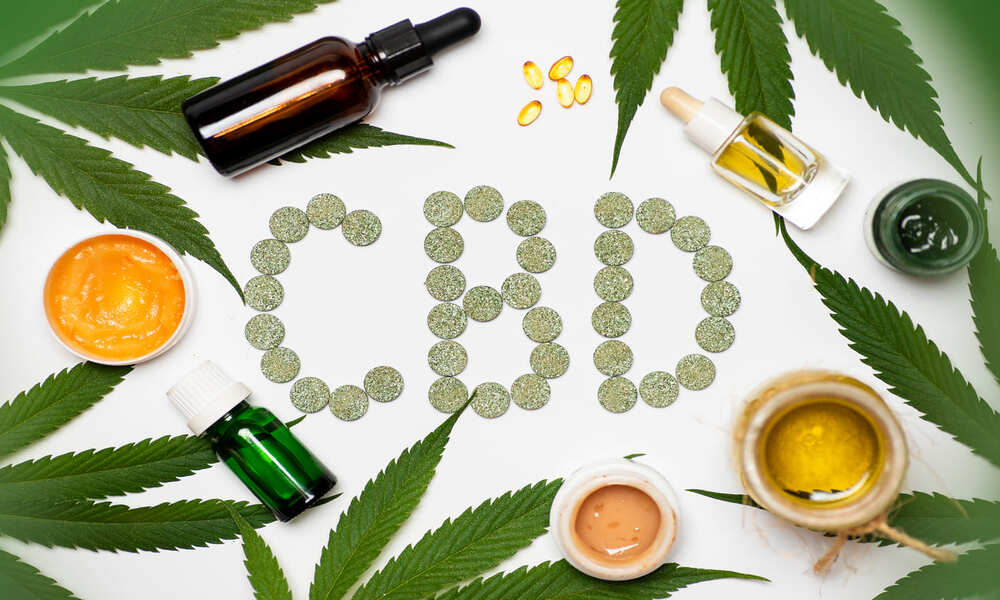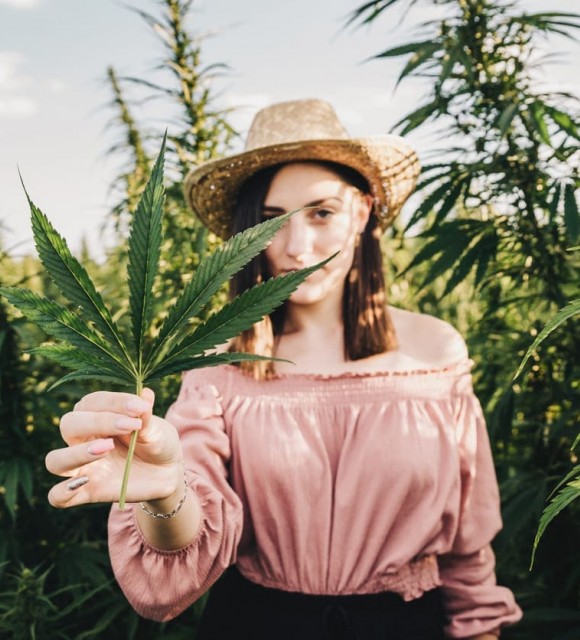Despite the recognized soothing virtues, CBD (cannabidiol) has long suffered from bad press in France due to confusion with THC (tetrahydrocannabinol), also a derivative of hemp (or cannabis), but with amazing properties . Thanks to the relaxation of the law and the growing interest of consumers, the hemp and CBD sector is now booming. The CBD shops continue to flourish on the internet and in France, and a wide variety of products are now available on the market. A rising trend since 2017 which suggests good days for this “green gold”. THC, cannabis, hemp or CBD, what are the differences? Is CBD legal? Our article answers these questions and provides an update on CBD legislation in France in 2022.
-30% off in your Shopping Cart | 48H FAST DELIVERY !

- CBD Resin
- CBD Infusion
- CBD Animals
- CBD e-liquid
- Buy CBD for high and low blood pressure
- Buy CBD for motivation and focus
- Buy CBD to sleep
- Buy CBD for stress and anxiety
- Buy CBD for wellness
- Buy CBD for pain relief
Product successfully added to your shopping cartQuantityTotalThere are 0 items in your cart. There is 1 item in your cart.Total productsTotal shipping To be determinedTotalContinue shopping Proceed to checkout
Le blog du CBDWhat are the differences between hemp and CBD?
Explorez cet articleZoom in on hemp
Originally from Asia, hemp, also called by its Latin name cannabis, is an ancestral plant. Cultivated since the Neolithic era, it is one of the first plants that man domesticated. This long-stemmed green plant (which can reach up to 5 m in height) is recognizable by its emblematic leaf.
Elegant, the hemp leaf is long or wide, with toothed edges. Hemp belongs to the Cannabaceae family and to the Cannabis sativa species, which means "cultivated hemp".
There are several varieties, the best known of which are: so-called industrial, textile or agricultural hemp (Cannabis sativa sativa) and so-called recreational or Indian hemp (Cannabis sativa indica ).
If they look alike visually, it is important to clearly distinguish them. While industrial hemp, as its name suggests, is used in industry (textiles, cosmetics, etc.), Indian hemp is the source of the famous marijuana and hashish.
Zoom on CBD
Discovered in the 1940s, CBD is one of the main cannabinoids in hemp, along with THC. Phytocannabinoids are active ingredients found naturally in hemp. CBD, like THC, is mostly extracted from its flowers and leaves. This hemp molecule is renowned for its relaxing and anxiolytic properties.
Summary on hemp and CBD
THC, cannabis, hemp or CBD: here's what to remember
Do not confuse:
- Cannabis sativa sativa and Cannabis sativa indica; Hemp or cannabis is mistakenly considered a narcotic product, because the term cannabis commonly refers to recreational cannabis to the point of having become a synonym for drugs.
However, as we have seen above, only certain varieties of cannabis such as Cannabis sativa indica have this psychotropic power, due to the high presence of THC. Indeed, the THC level differs from one variety to another. So, unlike Cannabis sativa indica, Cannabis sativa sativa contains a very low THC content.
- CBD and THC. Both CBD and THC come from the flowers and leaves of hemp, which produces them naturally. However, CBD is the non-psychotropic molecule of hemp, known for its soothing and relaxing effects.
THC, on the other hand, is a psychoactive substance, which in particular causes dizziness and states of euphoria or drunkenness, as well as psychological dependence. This is why CBD is authorized while THC is prohibited in many countries such as France.
CBD-based products

CBD is arousing growing interest among consumers, because first of all, it is a natural ingredient. Then, they appreciate its therapeutic virtues.
Indeed, several surveys on CBD, carried out in particular in France and England, reveal that CBD consumers use it mainly to reduce stress, anxiety or pain, to facilitate sleep and improve its quality, even to wean themselves off cannabis loaded with THC .
The applications of CBD are therefore varied. In addition, CBD comes in different forms (raw flowers or leaves, oils, liquids, etc.). Thus, you will find a multitude of products on the market, mainly:
- food (sweets, cakes, infusions, etc.);
- cosmetics (balms, creams, < strong>CBD hemp oils, etc.);
- for smoking (e-liquids, CBD hemp flowers, etc.); < li>for animals (oils, treats, lozenges, etc.).
Thanks to its many advantages, the outlets for hemp are also diversified. In addition, they have multiplied over time (textiles, food, cosmetics, building, etc.), since all the elements of the plant are usable (from seed to wood, including fiber).
Indeed, from the seed (or hempseed), very high in protein, an oil is extracted which is used in food or in cosmetics. The seed can also be eaten plain, roasted, salted or sweetened.
Once dried, the stem is transformed into straw which will then be shredded in order to separate the wood (called chènevotte) from the fibre. The wood is then sold as bedding for animals or as mulch for gardens.
Finally, because of their resistance, the fibers are used to make clothes, cigarette paper or even certain books such as the Bible. With interesting absorption properties and porosities, they are increasingly associated with materials such as plastic, for the design of lighter car dashboards, or concrete, to increase thermal insulation. and home acoustics.
A booming European and French market
In Europe, the CBD market has been growing steadily for several years. In France, 2018 was the year of the boom in physical and virtual shops selling CBD products. Indeed, according to the SPC (Professional Hemp Union), the thousand was reached in 2021 against a hundred in 2018.
This phenomenon is explained by the fact that the French (about 10% of the population) are more and more many people consume CBD for well-being purposes, as mentioned previously.
Regulations in tune with the market
In France, regulations have long been prohibitive vis-à-vis vis-à-vis the CBD and the legal vagueness persists so far in the country. However, thanks to the decision, handed down in November 2020, by the CJEU (Court of Justice of the European Union), the CBD legislation has nevertheless relaxed.
This decision ruled that French law was opposed to EU (European Union) law which authorizes the use and sale of CBD within it. Consequently, the French authorities do not have the right to prohibit the sale of CBD in France.
However, despite its legalization in June 2021, this product remains highly regulated and highly controlled in France.
Here are the CBD products authorized for sale in France in 2022:
- raw leaves and flowers, resins and hemp-derived products with a THC content of less than 0.3%;
- finished products containing CBD with a THC content of of 0%.
The cultivation of hemp, meanwhile, has always been legal in France. France is also the leading hemp producer in Europe, with nearly 20,000 hectares cultivated. However, hemp production remains strictly regulated.
In France as in Europe, only varieties with a maximum THC level of 0.3% can be grown. In addition, only hemp farmers are allowed to grow them and must only exploit certain parts (seeds and fibres).
Les articles et autres fiches produits en ligne sur notre site web ne représentent en aucun cas des conseils médicaux. Avant toute consommation d'un produit CBD nous vous conseillons de prendre contact avec votre médecin et de lui demander son avis.- Immediate discounts
- Fast shipping
- 100% legal product
- Laboratory control
Newsletter
Click here to subscribe to our newsletter and benefit from our tips and advice on CBD!
NewsletterThe best offers, the best advice?
Sign up now!100% secure payment© 2025 - Famous CBD
Footer Block

